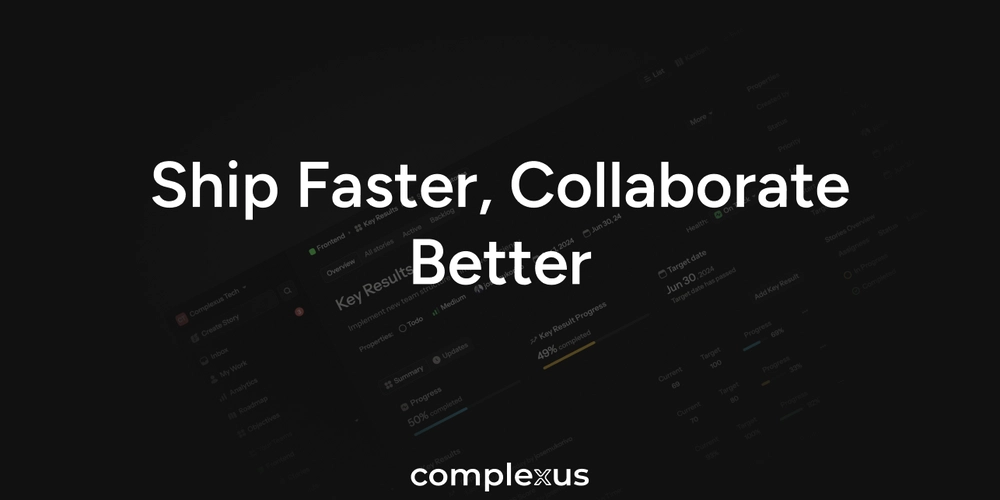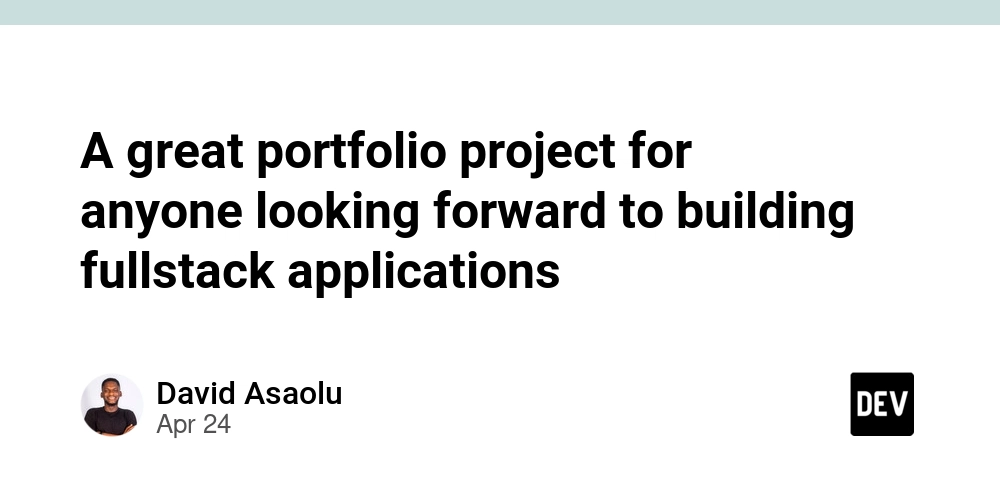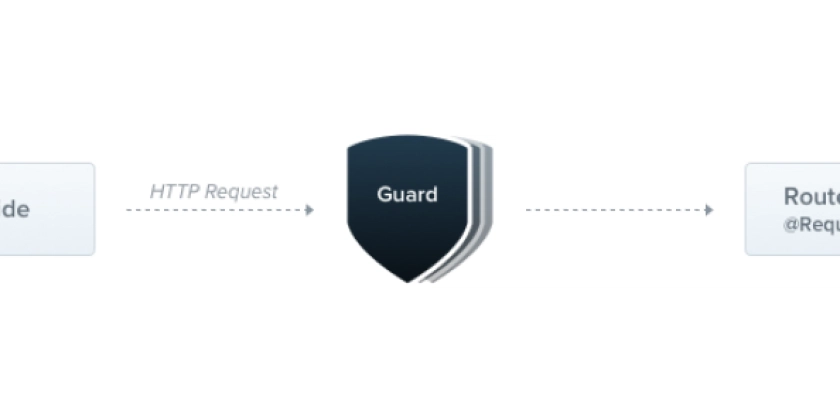
Kubernetes Platform Engineering: Convincing Your Boss and Achieving Excellence
Want to improve developer productivity, streamline operations, and boost your organization's agility with Kubernetes? This guide will help you navigate the world of platform engineering, build a compelling case for your boss, and achieve a mature, effective Internal Developer Platform (IDP).
What is an Internal Developer Platform (IDP)?
An Internal Developer Platform (IDP) acts as a self-service portal, offering developers all the tools they require to build and deploy applications without the complexities of underlying infrastructure. It's like a corporate app store providing pre-built templates, automated workflows, and essential resources. Need a new database or CI/CD pipeline? Your IDP can provide it with a few clicks.
- Centralized self-service system for developers.
- Reduces cognitive load by abstracting away infrastructure complexity.
- Enforces security standards and compliance, minimizing shadow IT risks.
Why Platform Engineering Matters
Platform engineering makes sure that developers can concentrate on designing code instead of struggling with infrastructure. A good platform makes sure that your developers have consistent and simple access to cloud-native features, enables developer flow, while making sure that security and compliance happens by default. By investing in platform engineering, organizations can unlock innovation and adaptability in today's competitive landscape.
- Boosts developer productivity by streamlining workflows.
- Enhances organizational agility enabling faster iteration and deployment.
- Ensures security and compliance through standardized processes and automation.
The Platform Engineering Vision: Key Components
According to the CNCF Platforms White Paper, a successful platform engineering vision embodies these core elements:
- Platform as a Product: Design with end-users (developers with common use cases) in mind.
- Focus on User Experience: Offer multiple, developer-friendly interfaces (GUIs, APIs, CLIs).
- Comprehensive Documentation and Onboarding: Keep documentation updated and invest in internal training.
- Self-Service Capabilities: Empower developers to request and receive resources without infrastructure dependencies.
- Reduced Cognitive Load: Simplify complex implementations, following the "Keep It Stupidly Simple (KISS)" principle.
- Optional and Composable: Allow teams to use only the platform components they require, promoting modularity.
- Secure by Default: Integrate compliance by design with validation based on established standards.
The North Star Architecture: A Glimpse into the Future
What should your ideal platform architecture look like? Here’s a North Star architecture example aligned with modern cloud-native practices:
- Infrastructure as Code (IaC): Use Terraform or Crossplane for declarative infrastructure management.
- GitOps-Driven Automation: Use Argo CD and Argo Workflows for streamlined deployments and workflow automation.
- Developer Self-Service: Put Backstage at the center, making it the one-stop shop developer portal to consolidate workflows.
- Scalable & Flexible Architecture: Use Kubernetes as the core platform with optimization strategies to ensure scale.
- Platform Governance: Integrate with IAM, security policies, and compliance controls for comprehensive governance.
Assess Your Kubernetes Model Using the CNCF Platform Engineering Maturity Model
The CNCF Platform Engineering Maturity framework offers a four-level model to gauge your platform’s maturity:
- Level 1 - Provisional: Ad-hoc and reactive to team needs.
- Level 2 - Operational: Dedicated platform teams with standardized interfaces and centralized tracking.
- Level 3 - Scalable: Self-service solutions and centralized orchestration of capabilities.
- Level 4 - Optimizing: Intrinsic pull from users, integrated services, and quantitative/qualitative measurement.
The model evaluates maturity across investment, adoption, interfaces, operations, and measurement, providing a comprehensive view of your platform's capabilities.
Roadmap to Platform Maturity: A Phased Approach
Not there yet? Here’s a practical, three-phase transformation roadmap to platform maturity for your Kubernetes platform:
Phase 1: Solidify the Foundation
- Establish robust security controls and boundaries.
- Define a clear operating model and RACI (Responsible, Accountable, Consulted, Informed) matrix.
- Create Infrastructure as Code (IaC) blueprints and DevOps pipelines.
- Develop comprehensive documentation and catalog common consumption patterns.
Phase 2: Scale and Enhance
- Implement advanced self-service features through an internal developer portal.
- Improve governance using preventative and detective controls.
- Collect and analyze user feedback to improve the platform.
- Provide advanced training for platform consumers to maximize adoption.
Phase 3: Optimize and Innovate
- Foster a culture of experimentation to encourage innovation.
- Invest in hiring and developing top engineering talent.
- Form cross-functional teams to drive inner-sourcing models.
- Leverage emerging technologies like generative AI to enhance platform capabilities.
- Build robust feedback loops to iterate continuously.
Convincing Your Boss: A Strategic Approach
Getting buy-in from leadership is crucial. Here’s how to present a compelling case for investing in platform engineering and an internal developer portal:
- Focus on Business Outcomes: Show how the platform accelerates developer productivity, improves operational efficiency, and enhances organizational agility. Quantify these benefits with concrete data points.
- Show Adoption Patterns: Demonstrate value early on through internal presentations and targeted onboarding. Highlight how the platform simplifies developer workflows and reduces friction.
- Highlight the Cost of Not Investing (Opportunity Cost): Explain how duplicated efforts, inconsistent security, and reduced developer productivity impact the bottom line. Demonstrate how you can avoid technical debt.
- Present a Phased Approach: Outline a clear, step-by-step plan, starting with a solid baseline and scaling incrementally. Avoid analysis paralysis by prioritizing key features and iteratively improving.
- Use the Maturity Model as a Benchmark: Continuously assess your organization's current state and demonstrate the practical steps required to advance to the next level. Gamify progress to encourage adoption and engagement.
Time to Get Building: Platform Excellence is a Marathon
Building a mature Kubernetes platform is a journey. By clearly outlining your vision, referring to the strategic maturity model, and laying out a practical roadmap, you'll be able to champion an internal developer platform (IDP) that developers love and security trusts.























